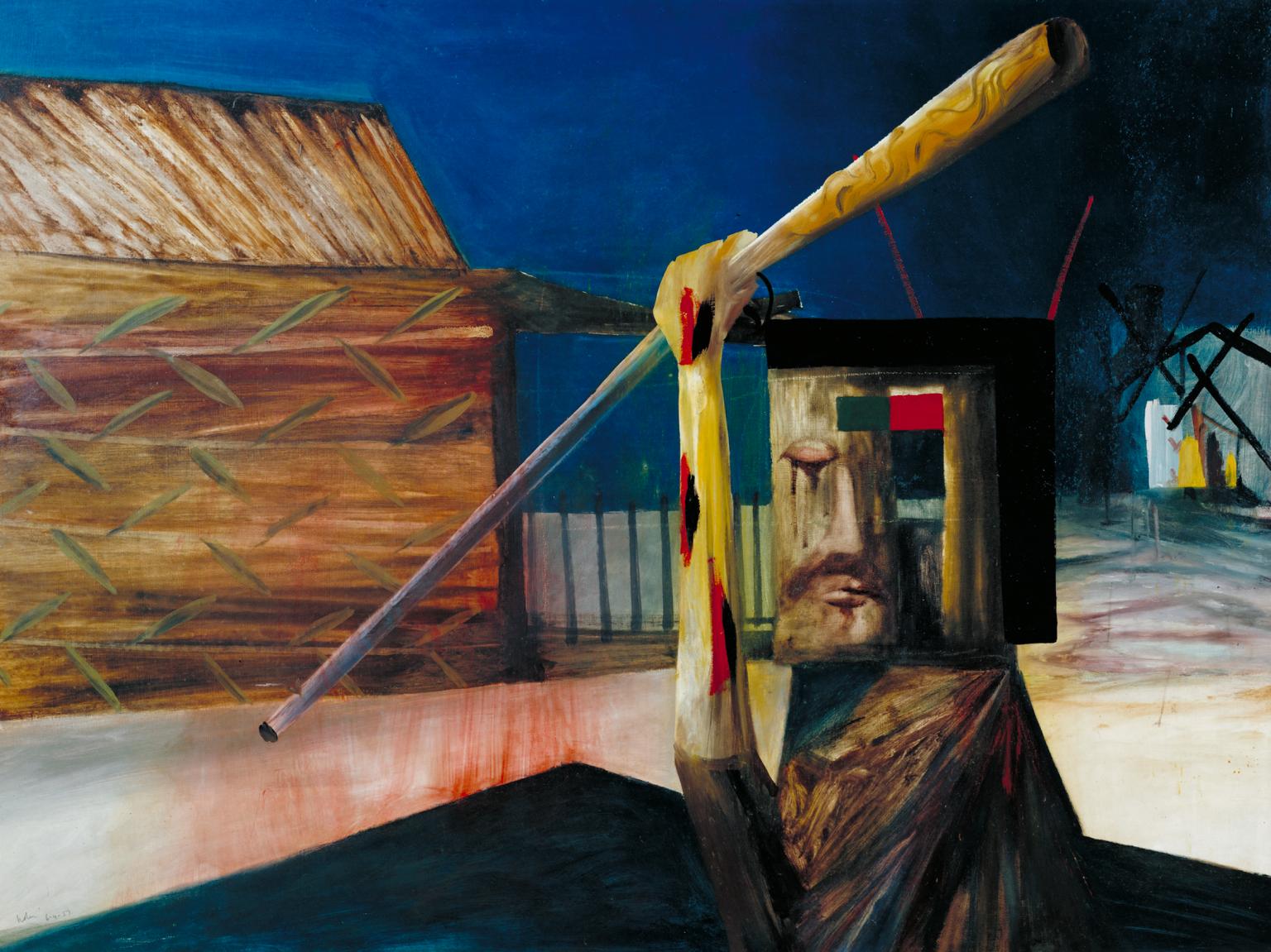Glenrowan (pop. 355) is a small town about 120 miles (190 kilometers) northeast of Melbourne, in the Australian state of Victoria. It lies just south of Mount Glenrowan, which stands within Warby-Ovens National Park. Glenrowan is best known as the place where the Australian bushranger Ned Kelly made his last stand in 1880. Bushrangers were outlaws operating in the remote countryside of Australia. Glenrowan’s association with Kelly, who became an Australian folk hero, has made the town a popular destination for tourists. 
The Pallanganmiddang Aboriginal peoples were the original inhabitants of the region where Glenrowan now stands. In 1846, white pastoralists (livestock farmers) established a small settlement in the area. The settlement was named Glenrowan in honor of James and George Rowan, two brothers who were among the first farmers to settle in the region. Glenrowan was proclaimed a town in 1861. The Glenrowan railway station was built in 1873.
In June 1880, Ned Kelly’s gang took control of Glenrowan. As part of a planned robbery, they held townspeople captive in an inn. Early on June 28, a police force attacked the inn. A gun battle between the two sides became a 12-hour siege. Three members of the Kelly gang—Joe Byrne, Steve Hart, and Dan Kelly—were killed. Ned Kelly was badly wounded but managed to escape. Later that day, he returned to the inn to rescue his companions, and he was captured. Kelly was later convicted of murder and hanged. 
In 2005, Australia’s government made the site of the police siege on the Kelly gang part of the Glenrowan Heritage Precinct. Several nearby places and historical buildings associated with the Kelly gang were also preserved as part of the precinct. Such sites include Kelly Log—the wooded area where Kelly was captured—and the original Glenrowan railway platform. Glenrowan also has many museums and memorials dedicated to the Kelly gang. One of the town’s landmarks is a fiberglass statue of Kelly that is nearly 20 feet (6 meters) tall. The statue was unveiled in 1994.
